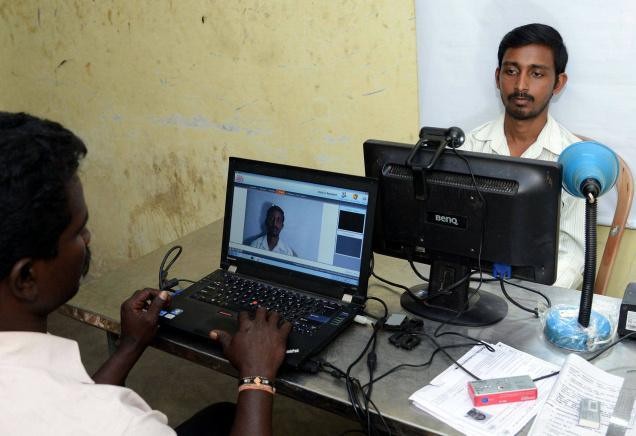Reserve Bank and the art of communication The Hindu
Post on: 16 Март, 2015 No Comment

he critical role communication has in the public policy sphere hardly needs an elaboration. How effectively the authorities convey the salient features of say the monetary policy or the budget plays an important role in the success of these policies. Simultaneously, greater public interest in the policy-making process, calls for simpler, lucid policy pronouncements. Indeed, demystification of previously arcane policies is a welcome development and a priority task for authorities in all democracies. Communication has emerged as a powerful policy tool, and sometimes is the policy itself.
All the above are in full view in India.
At the macro level, the government is trying its utmost to improve the investment sentiment. There is urgency in tapping all available as well as new sources from abroad to finance the burgeoning current account deficit, which is identified as the root cause of the rupees free fall.
A flurry of announcements to relax foreign direct investment (FDI) norms in a number of sectors may not have reversed the markets sentiment the rupee far from recovering has been sliding to new lows. Early last week, the stock markets tanked.
There may not be anything wrong with the governments communication per se, after all the governments main spokesperson the Finance Minister, P. Chidambaram, is an extremely eloquent communicator. But clearly it is not the style but the substance of the recent communications that has failed to click.
This brings us to the larger issues. For communication to be effective, it should be credible and, equally importantly, the communicator must be seen to have the capability to implement whatever he or she is saying. Both these mutually reinforcing attributes are necessary for an effective communication. Very few believe that the relaxation of FDI rules will automatically translate into stable foreign exchange flows immediately. Earlier relaxations relating to multi-brand retail are still mired in one controversy or the other. No worthwhile investment has come in as yet. Despite governments best intentions, raising the cap on FDI in insurance may not materialise soon, given that it has to be approved by Parliament.
A very specific communication exercise and this what this article is really about by the Reserve Bank of India has all the ingredients for an excellent case study. On July 30, while reviewing its credit policy, it issued its guidance its assessment of what the monetary stance would be in the future. Of particular interest to all was when the RBI will roll back its liquidity squeezing measures it had announced in instalments a few weeks ahead of the policy to curb volatility in the rupee
The RBIs statement that (these) will be rolled back in a calibrated manner as stability is restored in the foreign exchange market, enabling monetary policy to supporting growth with continuing vigil on inflation has evoked two diametrically opposite reactions.
On the one side, there has been criticism that the RBI is prematurely promising a return to accommodative policies. The rupee battle is far from over. Should RBI even countenance a relaxation?
The opposite view is that RBI has not done anything to ease interest rates, a course of action deemed necessary to revive the economy. The special tightening measures have indirectly raised the interest rates and there has been no signal to the contrary in the monetary policy review.

The RBI Governor outlined recently the need for an effective communication strategy in a speech in London on July 17. Greater openness in communication can be a powerful tool provided the central bank is seen to be credible. Among the other points he made: Winning credibility, however, is quite a challenge, talking of guidance specially (the practice is relatively new), its language is important.
Forward guidance is always conditional. The dilemma is how precisely the conditionality is to be communicated, and how to ensure that the market does not ignore the conditionality and interpret the guidance as an irrevocable commitment.
Further, how does the RBI ensure that it becomes a hostage to its own guidance? Also, the more uncertain the environment is the more difficult it is to give guidance. But it is precisely then a clear communication is needed.
These dilemmas give at least a partial explanation of why the monetary policy guidance has been interpreted so differently.
narasimhan.crl@thehindu.co.in














